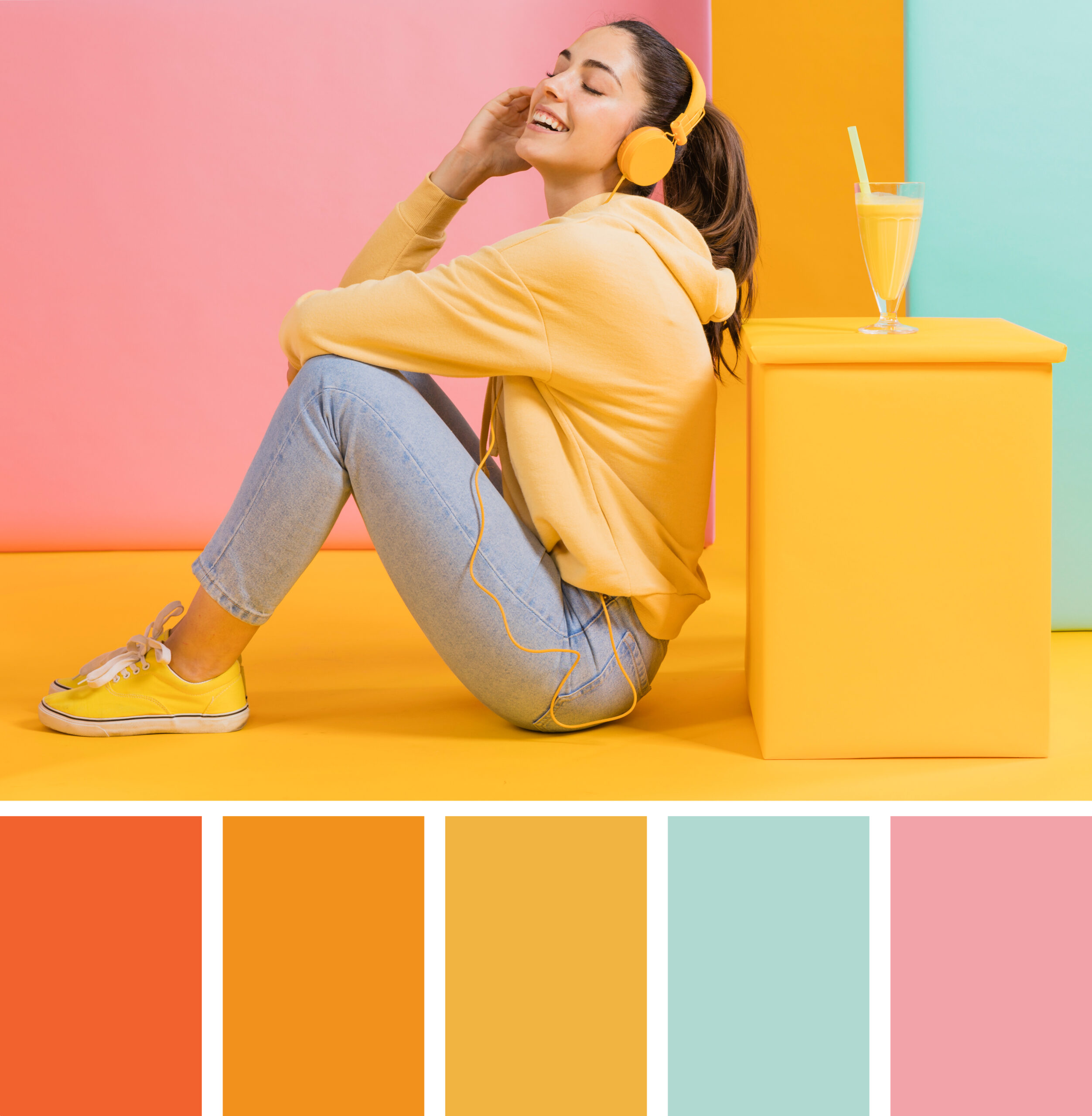Colors can significantly impact mental health, influencing emotions, behavior, and overall well-being. Colors Affect mood and mental state, can be physiological and psychological, and can vary based on cultural associations and personal experiences.
Colors: Historical and Modern Applications
Color theory dates back to ancient Egyptians and is linked to Eastern healing practices like balancing chakras. Color therapy can be effective even with eyes closed, as colored light wavelengths impact the body through the skin. For instance, blue-green lights help treat pre-natal jaundice in babies.
Color therapy has Therapeutic Effects; specific colors are used to treat various mental health conditions, such as depression and anxiety. For example, exposure to blue light can help calm an anxious person, and red light can boost energy levels in someone feeling lethargic. Color Psychology | How Color Affects Mood and Mental Health (deserthopetreatment.com)
It has shown effectiveness in treating seasonal affective disorder (SAD). Light therapy, especially with bright white or blue light, has been effective in treating SAD, a type of depression that occurs at certain times of the year, typically in winter.
How Different Colors Affect You

A combination of three factors determines the impact of each color on an individual:
- Innate Psychology: This is the universal impact of colors across different cultures, likely derived from how colors appear in nature.
- Cultural Associations: Different cultures ascribe different meanings to colors. For instance, green symbolizes luck in America, while a “green hat” can imply infidelity in China.
- Personal Connection: Personal experiences also shape how we perceive colors. For example, if a person has fond memories of the color orange from childhood, they might have a positive emotional response.
Although no exact science exists for how each color affect everyone, some generalizations can be made based on human universals.
Colors Affect Mood




Color Affects Our Emotions
A broad-reaching International Color-Emotion Association Survey conducted by Mohr et al. (2018) with participants from 30 countries revealed several insights into color-emotion associations:
- Ease of Association: Participants found it easy to link colors with emotions, especially for colors like red, black, and yellow. Colors such as brown and purple had fewer associations.
- Many-to-Many Associations: Colors were often linked to multiple emotions. For instance, red and yellow were associated with pleasure, but so were orange, pink, purple, and turquoise.
- Cultural Universality and Differences: Many color-emotion associations appeared universal, such as pink with love and pleasure, yellow with joy, and black with sadness. However, some cultural differences were noted. For example, while red was universally associated with love and anger, it was also linked to joy in China and fear in Nigeria. Purple was the most controversial, with different associations in various cultures.
- Linguistic and Geographic Similarity: Participants with similar languages or who lived closer geographically had more similar color-emotion associations. For example, people in colder, rainier countries associated yellow with joy more than those living closer to the equator.
Colors Can Soothe Emotional Problems

Chromotherapy, or color healing, posits that specific colors and their frequencies can impact physiological and psychological states. For example, blue can calm and lower heart rates, while red and yellow can energize and alleviate depression. Color therapy can work through exposure to colors or guided therapy sessions using colored light.
Conclusion
The influence of colors on mental health is profound, encompassing both universal and culturally specific associations. Understanding these effects can help create environments that support emotional well-being and utilize color therapy for various health conditions. While personal experiences with colors can vary, integrating color psychology into daily life and therapeutic practices offers promising mental health and overall wellness benefits.
Tell us how colors affect you mentally and emotionally. How do you associate each color with your emotions? Reflect on your connections with colors. Do specific colors make you feel happy, calm, or energized? Which colors evoke particular memories or feelings for you?
sources:
For more in-depth information about Color Affect, you can explore:
- Mental Health America: How Do Colors in My Home Change My Mood? (Mental Health America)
- Psychology Today: Why Links Between Colors and Emotions May Be Universal (Psychology Today)
- Desert Hope Treatment: Color Psychology | How Colors Affect Mood and Mental Health (Desert Hope)




